The OnePlus 7 Pro was just a preview of what was to come. Its price, of 709 euros in the most basic model, gave us more than enough clues to deduce that it had begun a new era in OnePlus. One in which, to the regret of many, there was no more ample room for “affordable” smartphones since the company had decided to jump into the “ultra-premium” segment, with the corresponding price increase that not everyone saw. With good eyes.
But you can’t say that OnePlus was wrong: the 7 Pro was one of the best phones of all of 2020 and probably the best that could be found under the 800 euro barrier. This year, the brand pursues the same idea of achieving excellence, even if that means sacrificing, now, ultimately, the philosophy of competitive prices that little by little has been dissipating from the brand’s values to give shelter to other attractions.
Now, the task of showing that OnePlus can also stand up to those firms that for years have shared the cake in the most premium segment of the high-end phone falls into the hands of the OnePlus 8 Pro, a new phone that is even more complete and advanced than the previous one, with an extreme technical sheet added to software like the one that only OnePlus knows how to offer, a photographic system that is just as versatile but even more capable. And that it gets rid of the -few- commitments that had to be lived with in the past generation.
The question is, can a OnePlus cost more than 900 euros?
OnePlus 8 Pro, datasheet
| OnePlus 8 Pro, datasheet | |
| specs | |
| Dimensions | 165,3 x 74,35 x 8,5 mm 199 grams |
| Screen | 6.78-inch Fluid AMOLED 60/120 Hz refresh rate 3D Corning Gorilla Glass SRGB and Display P3 support |
| Resolution | Quad HD+ (3168 x 1440 pixels) 513 ppi Aspect ratio de 19,8:9 |
| Processor | Qualcomm Snapdragon 865 5G GPU Adreno 650 Modem X55 |
| RAM | 8/12 GB LPDDR5 |
| Operating system | OxygenOS 10.5 based on Android 10 |
| Storage | 128/256 GB UFS 3.0 |
| Cameras | Rear: Sony IMX689 48 MP f / 1.78 with 1.12 μm pixel size, 8 MP f / 2.44 OIS and EIS + “Telephoto” with 1.0 μm pixel size, OIS (3x Hybrid Optical Zoom, Digital 20x) + “Ultra Wide” Sony IMX586 48 MP f / 2.2 with 119.7º field of view + 5 MP f / 2.4 color filter camera + Dual LED Flash + Multi Autofocus (PDAF + LAF + CAF ) Front: Sony IMX471 16 MP f / 2.45 with 1.0 μm pixel size |
| Battery | 4,510 mAh with fast charging (30W Warp Charge 307) and wireless charging (30W Warp Charge 30 Wireless) |
| Others | Alert Slider, haptic vibration motor, Dolby Atmos audio, on-screen optical fingerprint reader, face unlock, USB 3.1 Type C, dual nano-SIM |
| Sensors | Accelerometer, Electronic Compass, Gyroscope, Ambient Light Sensor, Proximity Sensor, Core Sensor, Laser Sensor, Blink Detection Sensor, Front RGB Sensor |
| Connectivity | Wi-Fi 2×2 MIMO, Wi-Fi 802.11 a/b/g/n/ac/ax, 2.4G/5G,Wi-Fi 6 Bluetooth 5.1 con soporte para aptX, aptX HD,LDAC y AAC NFC Dual band GPS + GLONASS, Galileo, Beidou, SBAS, A-GPS |
| Colors | Onyx Black (negro), Glacial Green (verde), Ultramarine Blue (azul) |
The best of the OnePlus 8 Pro
Your screen
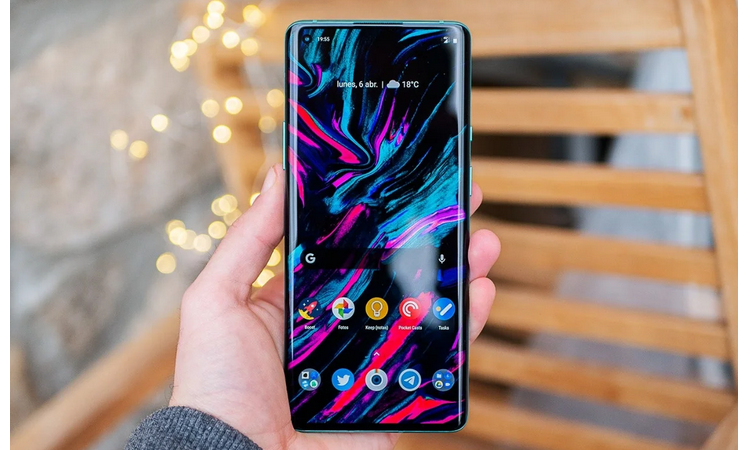
The screen of the OnePlus 7 Pro was already – and still is – excellent, and that is precisely why it is to admire the work done by OnePlus when it comes to developing an even better panel such as the one that integrates this 8 Pro.
From the 6.55 inches of the 7 Pro, we go to 6.78 inches in this 8 Pro, although, curiously, we are facing a mobile that is more comfortable in hand since the screen is longer and less comprehensive than in the past generation.
The resolution is still Quad HD +, which exceeds the barrier of 500 pixels per inch for this size and format and results in a panel whose sharpness is at the level of the best on the market. Because, after all, it is: it is one of the best on the market.
Last year, OnePlus was the firm in charge of introducing the high refresh rate in the “mainstream” with the 90 Hz of the 7 Pro. This year Samsung has been ahead of it, but the Shenzhen firm does not miss its appointment with the 120 Hz, this being one of the unique features of the “Pro” model OnePlus 8 series.
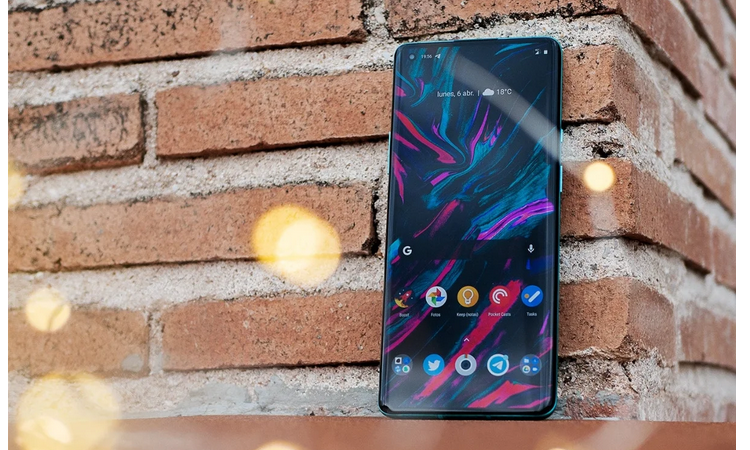
In addition to the increase in terms of refresh rates, OnePlus also increases the sample rate to reduce the speed of response to touches and further accentuate that feeling of smoothness that you were talking about. The extra 30 Hz increase from 90 to 120 Hz is not as noticeable as the jump from 60 to 90 Hz. That does not mean that the feeling of fluidity remains extreme. Using the screen of this device is simply A delight in the same way that it is in other significant references in this regard, such as Samsung’s Galaxy S20 Ultra.
The extra 30 Hz increase from 90 to 120 Hz is not as noticeable as the jump from 60 to 90 Hz.
I do not doubt that enjoying greater fluidity and the higher resolution that the panel can offer is worth it. However, the higher refresh rate also entails a clear disadvantage, such as high energy consumption that translates into a significantly reduced autonomy, especially when betting on the tandem of 120 Hz and Quad HD + resolution. However, not everyone likely thinks alike. That is why it is appreciated that OnePlus offers the possibility of choosing more conservative combinations that help extend the device’s autonomy.
Beyond that, OnePlus has improved the color reproduction of this panel so that it now displays more faithful tones. That is the theory. In practice, we find a screen with vivid and pleasant colors – in addition, it is possible to choose between several different color profiles and modify the white balance in some of them – with excellent viewing angles and a maximum brightness level. – 1,300 nits – more than enough to be able to see the panel without problems even outside – when the quarantine ends, and the situation allows it, of course.
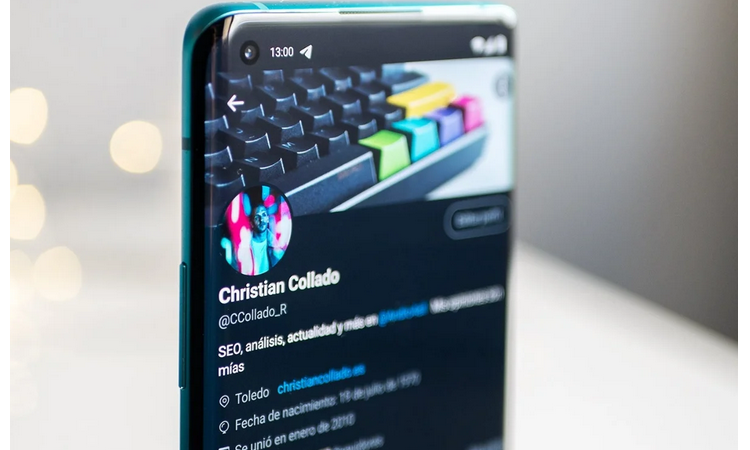
There are other features of the OnePlus 8 Pro’s panel that are noteworthy. The first is the OnePlus’ decision to keep the curves on both sides of the screen. And not only that, but the brand has decided to accentuate further these curvatures concerning those of the OnePlus 7 Pro, so that sometimes the already classic color aberrations that appear when viewing the phone at certain angles are present again, and even more annoying accidental touches, which disappear to some extent when using a cover.
Before, I said that the OnePlus 8 Pro is a more comfortable phone in hand than the 7 Pro due to its format, more extended and not as wide. Nonetheless, I think the combination of the OnePlus 8 Pro’s form factor and the 7 Pro’s screen curves would have been ideal – to be honest, the ideal would have been a curved-free screen, but I’m afraid this is the world in which that we live now.
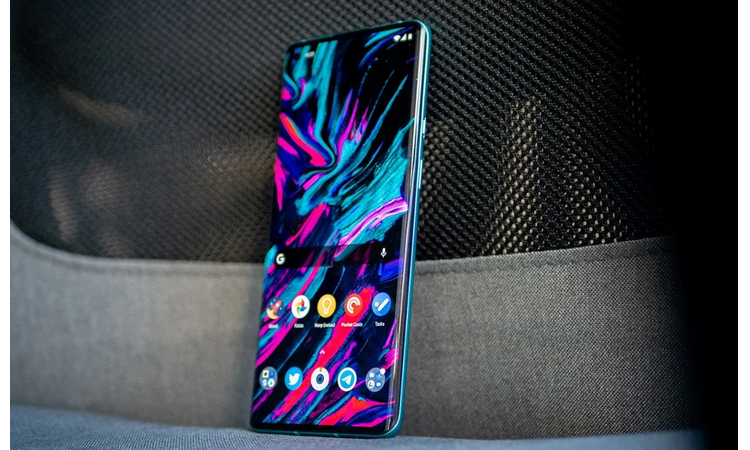
Finally, it is necessary to mention that, like any first-rate panel worth its salt, the OnePlus 8 Pro supports HDR content compatible with the leading video platforms such as YouTube, Amazon Prime Video, or Netflix.
As a novelty, in addition, a mode called “Motion graphics smoothing” is introduced, which roughly is nothing more than a system similar to the classic “motion smoothing” that most manufacturers include in their televisions, and that acts by interpolating ” Invented frames “between the edges of the video to give a more excellent sensation of smoothness when playing movies or series. According to OnePlus, a is used dedicated MEMC chip to bring this feature to life.
Be that as it may, if having this option activated on the television is discouraged by most experts in the video sector, I am afraid that there is no reason it will be different on a mobile phone. I’m not saying it; Tom Cruise himself says it.
Performance, software, and experience
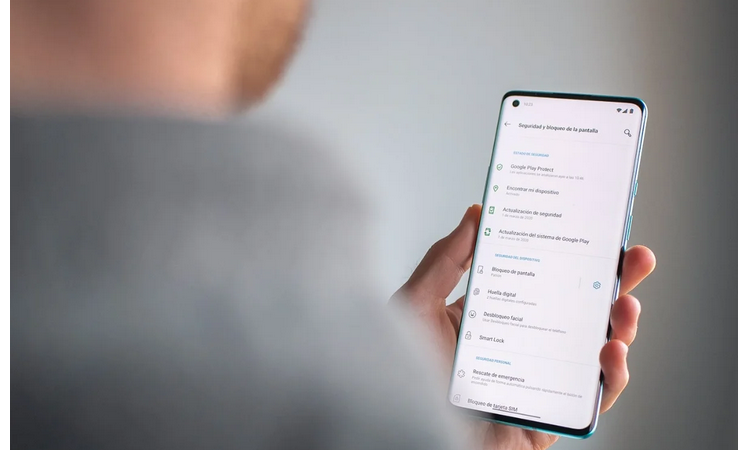
Let’s talk now about performance, that section for which OnePlus mobiles have become a reference in the mobile landscape in recent years, and that, of course, it was not going to be less in the most ambitious model of the firm date.
In short, the OnePlus 8 Pro is the fastest mobile that has ever passed through my hands; of course, saying that about a mobile from this brand at this point is nothing new.
To achieve such performance, OnePlus opts for another year to provide its flagship model with the most cutting-edge specifications available on the market: Qualcomm Snapdragon 865 5G processor, 8 or 12 GB of RAM with LPDDR5 technology, faster and more efficient than technology. LPDDR4x used by last year’s OnePlus 7 Pro, and 128 or 256 GB of storage UFS 3.0.
But anyone can put these components together and create a mobile with excellent performance. The OnePlus 8 Pro shines in the experience offered by the duo made up of such a plethora of power and software like OxygenOS, which in its version 10.5 based on Android 10, reaches its highest point of maturity, offering the perfect balance between simplicity. And several additions that, unlike what happens with other layers, really add value to the experience with the device.
The OnePlus 8 Pro shines in the experience offered by the duo of such a plethora of power and software like OxygenOS.
Among those additions are the now-classic “game mode,” which continues to integrate one of the most valuable functions that we have seen in a terminal with a function of this type, such as the ability to respond to messages quickly with the mobile in landscape format. We are using a floating keyboard while watching a video or playing games.
The also back reading mode is available in a “monochrome” mode that makes the screen simulate that of an e-reader and in “color” mode that attenuates the tones and takes the white balance towards the warmer side for easy reading.
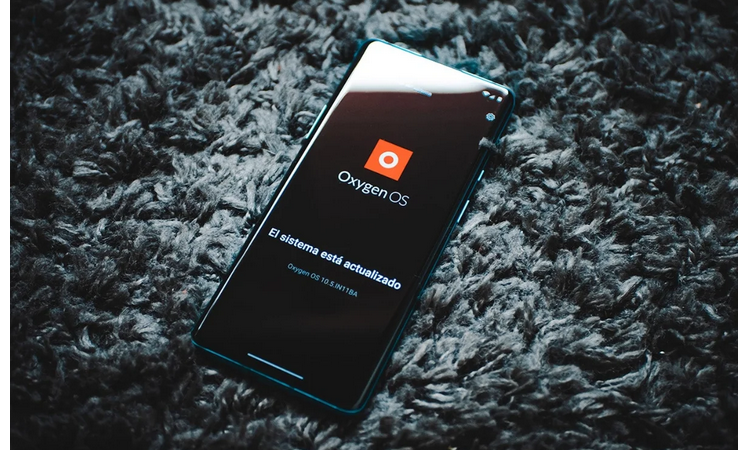
The list continues with dozens of customization options, a “parallel apps” function to have several sessions of an application, a screen recorder that, unlike the Pixel, is not hidden and works as expected. A tool of this type, and some other utilities that never spoil the experience.
The launcher has also changed slightly. Now, the recent apps menu shows a horizontal list with the icons of the open apps that make them easy to access. Unfortunately, OnePlus still does not allow access to the Google Discover feed from the screen on the left in the variants destined for some regions. However, the only option is still the “OnePlus Shelf” that allows adding widgets and utilities of the brand – the most curious thing is that this possibility had been briefly included. Still, the latest update of the OnePlus Launcher has eliminated it.
To conclude, I have to say that the experience with this OnePlus 8 Pro software would have been excellent, if not for minor problems that I have been encountering in recent days. The first is that the “ambient display” mode is impossible to deactivate so that the on-screen fingerprint reader indicator stays on indefinitely, even at night. Something tells me that this problem is somehow related to the Always On Display system that is not fully implemented, but that it should come at some point.
(Almost) everything else
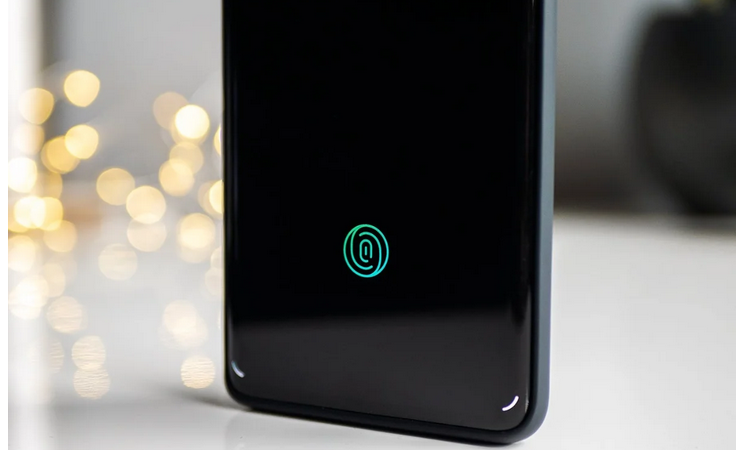
The OnePlus 8 Pro is much more than a fast mobile with an excellent screen. Several sections make it one of the most complete and exciting phones of all 2020 :
- Its design denotes quality from the moment you hold it in your hand for the first time, especially in one of the finishes with the back – matte green and blue. Despite its size and weight, the smoothness of the glass on the back and the curves make it a reasonably comfortable mobile in hand and somewhat lighter than the previous model. In aesthetic terms, there are not many changes beyond a more elongated format and, of course, the disappearance of the “pop-up” module of the front camera that gives way to a hole in the screen, which among other things, has allowed OnePlus now equip your new phone with IP68 certification that ensures resistance to water and dust.
- The on-screen fingerprint reader now takes up less space inside the phone. However, it is just as fast and accurate as in the past generation. This is not as fast as a capacitive sensor but much faster than an ultrasonic one like the Galaxy S20 series.
- Finally, there is wireless charging and not just any. Thanks to Warp Charge 30T technology, the OnePlus 8 Pro charges wirelessly almost as fast as it does by cable using the brand’s official charger – or others capable of generating 30W power. Many expected the arrival of wireless charging to the brand’s mobiles, and OnePlus has not been disappointed.
- The haptic vibration motor is once again one of the best included in an Android mobile: much higher than that included in the Samsung terminals and at the height – or slightly below – that of the latest Google Pixels. It is a firm, precise engine with a short response time.
- The stereo speakers produce powerful, good-quality audio that does not distort excessively even at the highest volume levels.
- Once again, the Alert Slider switch is a handy addition to switching between the different alert modes: sound, vibration, or silence. I still do not understand why other brands have not already copied this system.
The not so good of the OnePlus 8 Pro
Autonomy
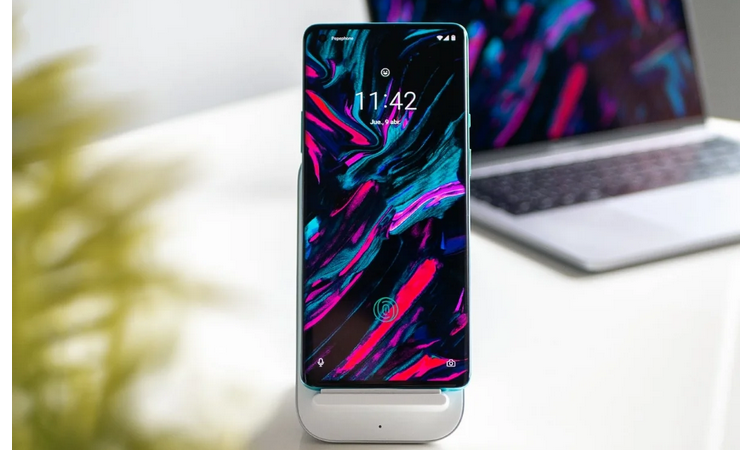
The most typical thing would be to think that, with a 4,510 mAh battery, the autonomy of the OnePlus 8 Pro would be, at least, better than that of the OnePlus 7 Pro. And it is … unless you decide to make the most of the device’s screen and keep the 120Hz refresh rate and Quad HD resolution on. In that case, I am afraid that you will have to get used to getting the correct autonomy.
OnePlus is not the only firm that has encountered this stone on its way. The vast majority of brands that this year has decided to go for panels with high refresh rates have not been able to offer a good balance between autonomy and extreme fluidity, not even through measures such as limiting screen resolution when using the maximum available refresh rate as in the S20 series models. Only the OPPO Find X2 Pro showed us to be capable of offering autonomy even with the parameters of its screen configured to provide the best performance, despite having a battery almost 300 mAh smaller than that of this OnePlus 8 Pro.
On a day-to-day basis, the OnePlus 8 Pro has been able to survive for a full day, reaching the end of the day with about 5 or 6 hours of screen on with 120 Hz mode and automatic resolution change depending on the content. . Without a doubt they are not the best figures. Still, I have to say that during the nearly two weeks that I have been using the device, at no time have I seen the need to deactivate the high refresh rate mode, especially knowing that regardless Regardless of the charging method to be used, the battery will be fully charged again in just under an hour.
So are the cameras of the OnePlus 8 Pro
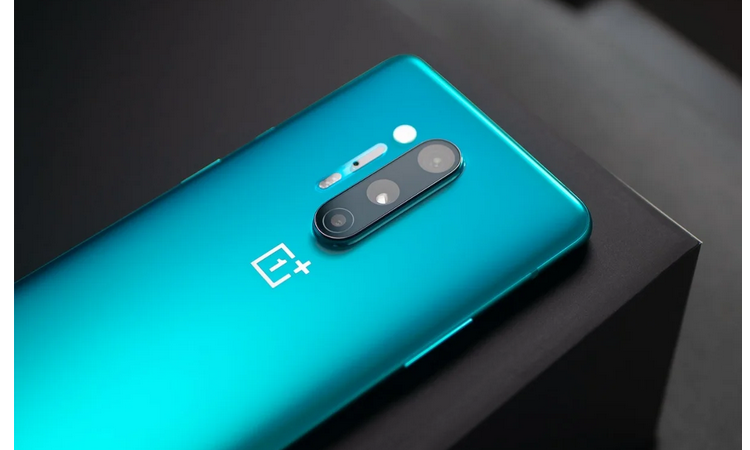
Premium. 2019 was when OnePlus, despite failing to catch up to the leading exponents in terms of mobile photography, was able to offer a good enough result not to be out of tune in the more high-end segment. This year, the firm opts to refine the same formula used in the OnePlus 7 Pro to obtain even better results.
Therefore, the OnePlus 8 Pro integrates a photographic system committed to versatility by offering different sensors for each situation.
The main one is none other than the new 48 megapixels Sony IMX689 already present in its cousin, the OPPO Find X2 Pro, with an aperture f / 1.78 and equipped with EIS + OIS.
Right next to it, the appears on scene telephoto 8-megapixel with the optical stabilizer, the same one already present in the OnePlus 7T Pro, enabling the possibility of capturing images with optical zoom of three increases and digital zoom of up to 30.
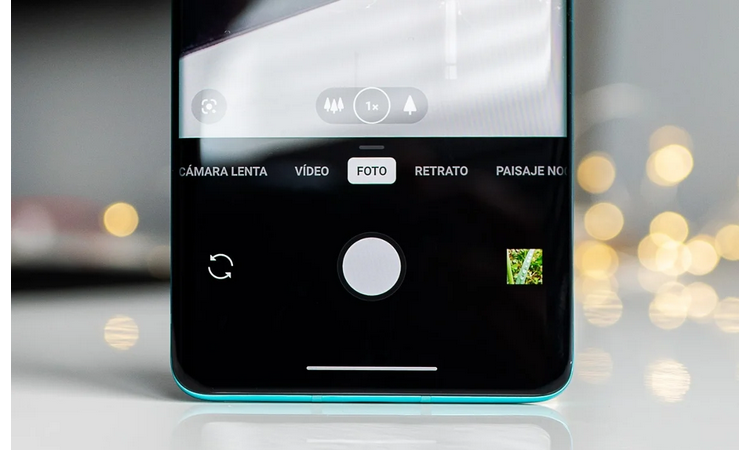
And there are two more novelties. The first, a renewed Ultra Wide sensor, which now relies on the high resolution offered by the 48-megapixel Sony IMX586 sensor – which last year was the primary sensor of the OnePlus 7 Pro, 7T, and 7T Pro – and which promises to capture images with a field of view of up to 119 degrees with greater detail and quality.
On the other hand, what OnePlus calls a appears on the scene color filter camera, located at the bottom of the photographic system, whose objective is to allow applying artistic effects in real-time to the scene before capturing it using a combination of hardware and software. However, OnePlus explains that this sensor is also responsible for improving the interpretation of color when capturing images with the primary sensor.
Where there are hardly any changes – except for the format used – is on the front: we find again the same 16-megapixel camera that was already present in last year’s models, and that, in addition to selfies and FullHD videos, also allows you to unlock the phone with your face – and quite quickly.
We also don’t see too much evolution in the camera app. The device’s Not that you need it: it’s already simple enough and capable of offering all the controls, modes, and settings pleasantly and unobtrusively. As novelties, the direct access to the effects enabled by the color filter camera appears in the upper right part, right next to the “Super macro” mode, compatible with the main, “tell,” and Ultra-Wide lenses.
Behavior by day, portrait mode, and at night
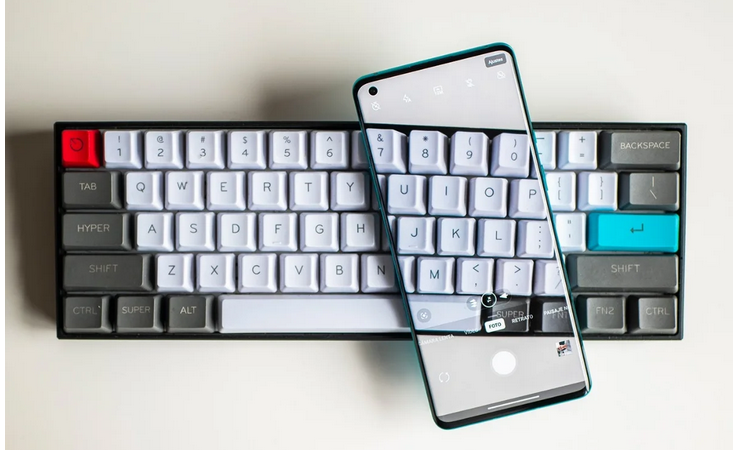
With a sensor setup so similar to last year’s model, it’s no wonder the results are so close. And that’s usually a very positive thing.
Sony’s new IMX689 sensor, more extensive and brighter than last year’s IMX586, coupled with software that has been improving over the months, translates into an excellent photographic experience, and in most cases are obtained High-quality images, with a high level of detail even in those more complex textures, an amazing dynamic range and a more than correct color reproduction. However, the software has a certain tendency to overexpose the captures.

At night, the same. The advantages of the new sensor begin to be evident when the light falls. However, we can still capture well-detailed images, which are even more so when using the mode Night Landscape, than without reaching the Night Vision of the Google Pixel level, or the night mode of the latest Huawei terminals fulfills its mission to perfection.
One aspect that has improved over last year’s model is the portrait mode. In my tests, the OnePlus 8 Pro has captured portraits with more precise cropping and a level of detail in the foreground subject far superior to those charged by the Samsung Galaxy S20 Ultra. And I’m afraid that the reason for this change from the last generation comes from OnePlus’s decision to start processing images without fear that high contrast may result in darker shadows than usual, unlike what that other firms such as Samsung do to generate brighter images, but sometimes too “flat” and lacking in contrast. In this sense, yes, I am afraid that Google is still the brand that offers a better balance between shadows and lights, especially in portraits.

Of course, despite the improvements, the portrait mode of the OnePlus 8 Pro still does not work as well as it should. When the subject to be captured is human. Generally, there will be no problem generating the blur unless the background is too complex. However, when trying to portray objects or animals, in many cases, we will see how the camera cannot identify the subject in the foreground and will not generate the background blur effect no matter how much we zoom in or out. And even when you do, likely, the result will not be as expected.
That said, I must also say that, as was the case with the Galaxy S20 Ultra, the primary sensor is capable of, by default, generating a natural background blur due to the shallower depth of field of this camera compared to the rest of the sensors. . This makes resorting to portrait mode even unnecessary at times since, by default, the captured image will already have a rather lovely and not-so-artificial out-of-focus background effect.
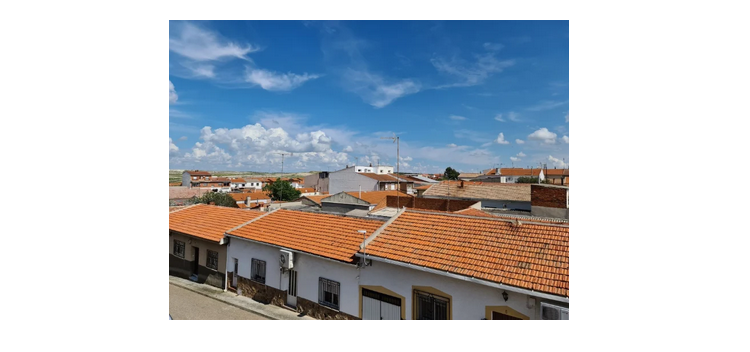
The sensors accessory also offer an excellent result, and the parity in terms of image quality provided by the three sensors is particularly striking. Last year, the primary camera and the “telephoto” already made it possible to capture high-quality images, while the Ultra Wide was somewhat behind. This time, on the other hand, the ultra-wide angle lens rises notably thanks to a better sensor and finally catches up with the rest of the cameras.
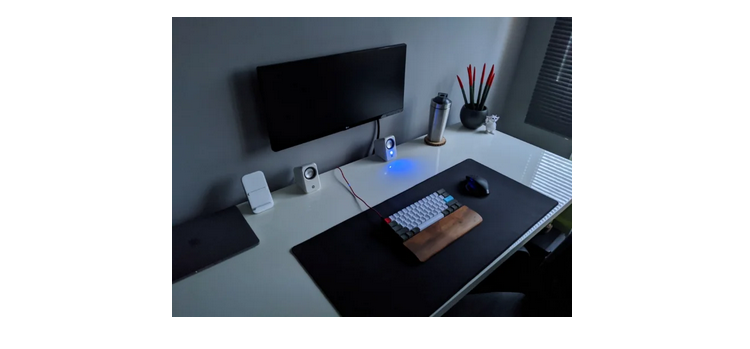
Regarding the “telephoto,” since it is the same that was present in the OnePlus 7T Pro, there is nothing new to say: up to three increases, the images maintain a good level of detail, although from there the quality begins to drop down to 30x magnification, where it will be practically impossible to get a sharp photo. Be that as it may, it is welcome when an optical image stabilizer captures scenes using zoom.
Frontal camera

The selfies of the OnePlus 8 Pro are also of good quality because, luckily, the OnePlus does not fall into the obsession that other brands have for excessively softening facial features and, unless it is at night or there is not enough light, the captures will be what sufficiently detailed.
Video recording
Like all high-end launched in 2020, the OnePlus 8 Pro is capable of capturing 4K video at 60 FPS. As a novelty this year, the possibility of using the hybrid stabilization system when capturing 4K clips at 30 FPS is introduced, in addition to a mode “audio zoom” enabled thanks to an extra microphone located next to the rear camera module. In that sense, I have to say that I would have liked the change between sensors not to be so drastic when capturing video.
The results are promising. In terms of image and audio quality, it does not reach the level of Samsung’s most cutting-edge models. Still, it is comparable to other similarly priced models, such as the Pixel 4 itself.
OnePlus 8 Pro, opinion and final thoughts from Andro4all
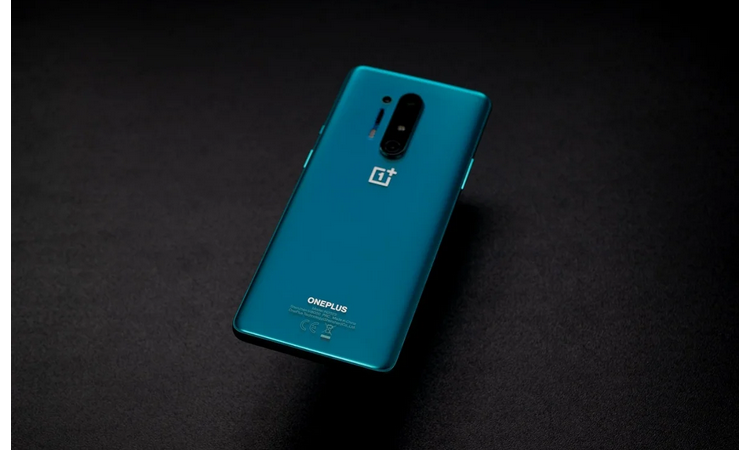
Apart from how “shocking” it is to see a price of more than 900 euros in a OnePlus mobile – I still remember when I bought my OnePlus 3 for 399 euros just a few years ago – and the dilemma of whether a mobile – -Whatever brand it is- it should, or not, cost almost 1,000 euros, the truth is that during these days with the phone, and after using devices such as the Pixel 4 XL or the Samsung Galaxy S20 Ultra, at no time have I had the impression of using an inferior terminal. Instead, the complete opposite.
For the first time since I have been testing and analyzing mobile phones of the brand, this is the only model in which I see that there are no cuts of any kind: it is as powerful and fast as you would expect from a OnePlus mobile, its screen is excellent, the camera is versatile and very competent, and the compromises that the previous mobiles of the brand had dragged on for years have entirely disappeared.
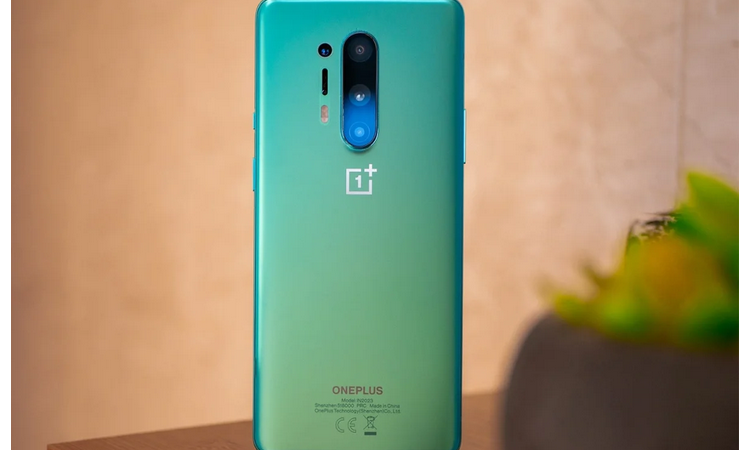
Of course, the move that OnePlus began to draw last year with the OnePlus 7 Pro and that culminates with the arrival of this new model also has its risks: for the around 1,000 euros that this OnePlus 8 Pro costs, it is possible to find models like the Galaxy S20 Plus or the iPhone 11 Pro.
Again, it is not that the 8 Pro is an inferior model, far from it. Someone might choose a model other than this one that is reduced to personal preferences and not so much to qualitative differences. But we must not forget that OnePlus has become the firm with the support of that large part of the public that knew how to value its ability to create cutting-edge and high-quality phones at a price far from the figures they handled. Big ones of this league. The “problem” is that OnePlus has become one that once swore to destroy, and now it is one of those greats.
Price and where to buy OnePlus 8 Pro
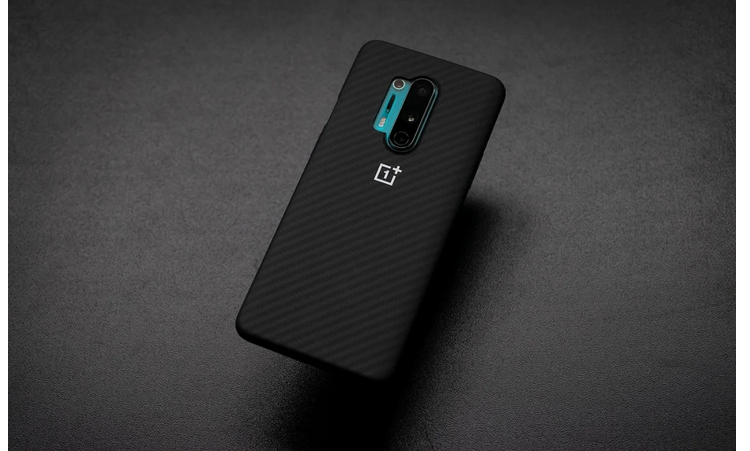
OnePlus offers two different configurations of the 8 Pro, with 8 or 12 GB of RAM and 128 or 256 GB of internal storage. Their prices are 909 and 1,009 euros in Spain and can be booked from the day of their presentation. Later, on April 21, they can be officially purchased on the brand’s official website and at authorized distributors such as Amazon.
| OnePlus 8 Pro, opinion and note from Andro4all | |
| Should you buy the OnePlus 8 Pro? | |
| In favor |
|
| Against |
|
| Conclusions | The excuses and commitments are over: OnePlus has finally dared to launch a mobile that lacks nothing, capable of playing in the same league as the greats of the telephone industry. Unless you want the mobile with the best camera on the market or have personal preferences for aspects that only terminals from other brands can offer you, I cannot think of reasons to choose any different model instead of the OnePlus 8 Pro. |
| Punctuation |
OnePlus 8 Pro No compromises. |

Sharlene Meriel is an avid gamer with a knack for technology. He has been writing about the latest technologies for the past 5 years. His contribution in technology journalism has been noteworthy. He is also a day trader with interest in the Forex market.









